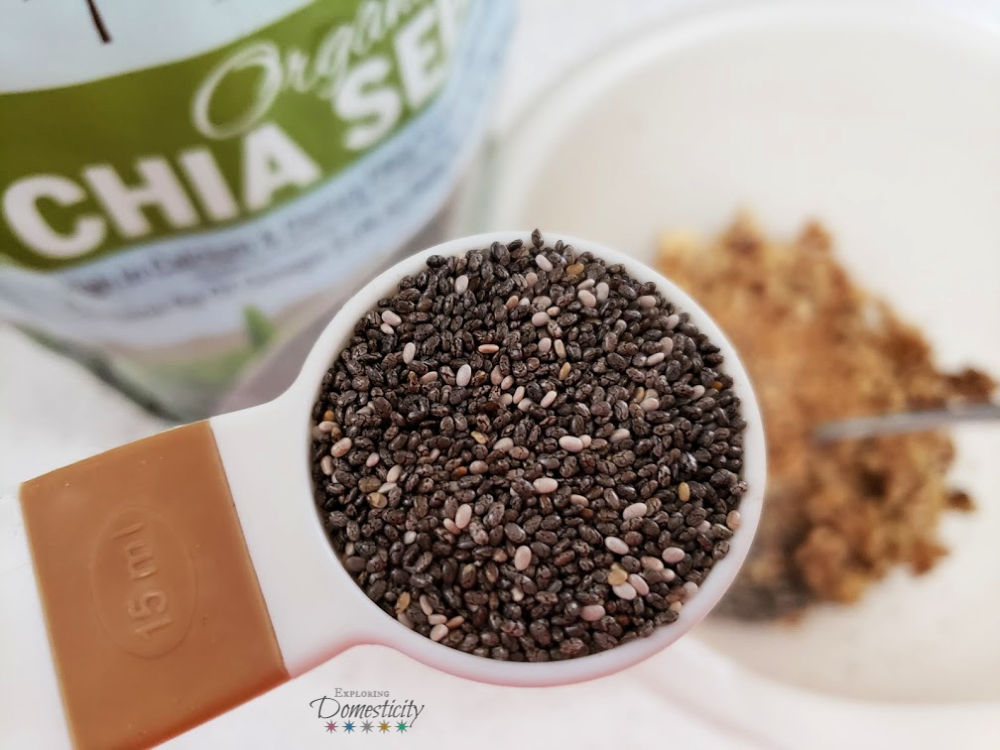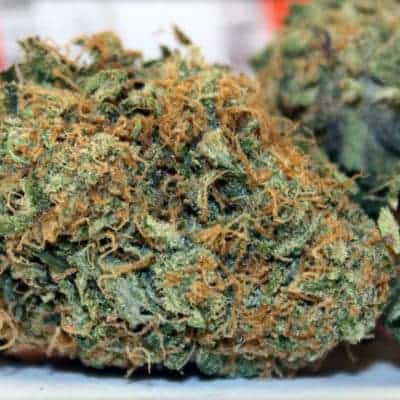

Representing only 5% of all cocoa beans grown as of 2008, 'Criollo' is the rarest and most expensive cocoa on the market, and is native to Central America, the Caribbean islands and the northern tier of South American states. It is considered to be of much higher quality than 'Forastero', has higher yields, and is more resistant to disease than 'Criollo'. 'Trinitario' (from Trinidad) is a hybrid between 'Criollo' and 'Forastero' varieties. One of the largest producers of 'Criollo' beans is Venezuela ( Chuao and Porcelana). 'Criollo' also tends to be less resistant to several diseases that attack the cocoa plant, hence very few countries still produce it. Cocoa beans of the 'Criollo' variety are rarer and considered a delicacy. The first is the most widely used, comprising 80–90% of the world production of cocoa. The three main varieties of cocoa plant are 'Forastero', 'Criollo', and 'Trinitario'. Three main varieties of cocoa: 'Forastero', 'Trinitario' and 'Criollo' In the Gold Coast, modern Ghana, cacao was introduced by a Ghanaian, Tetteh Quarshie. It was also introduced into the rest of Asia, South Asia and into West Africa by Europeans. Spaniards also introduced the cacao tree into the West Indies and the Philippines. Ĭhocolate was introduced to Europe by the Spaniards, and became a popular beverage by the mid-17th century. Also, the Aztec use of entheogens included cacao mixed with psilocybin mushrooms, a polysubstance combination referred to as "cacahua-xochitl", which literally means "chocolate-flowers". No fewer than 60 portions each day reportedly may have been consumed by Moctezuma II, and 2,000 more by the nobles of his court.

Flavored with vanilla or other spices, his chocolate was whipped into a froth that dissolved in the mouth. A Spanish soldier who was part of the conquest of Mexico by Hernán Cortés tells that when Moctezuma II, emperor of the Aztecs, dined, he took no other beverage than chocolate, served in a golden goblet. The cacao plant was first given its botanical name by Swedish natural scientist Carl Linnaeus in his original classification of the plant kingdom, where he called it Theobroma ("food of the gods") cacao.Ĭocoa was an important commodity in pre-Columbian Mesoamerica. Nearly 70% of the world crop today is grown in West Africa. : 2Ĭacao trees grow in a limited geographical zone, of about 20° to the north and south of the Equator. The cocoa bean was a common currency throughout Mesoamerica before the Spanish conquest. Evidence also indicates that, long before the flavor of the cacao seed (or bean) became popular, the sweet pulp of the chocolate fruit, used in making a fermented (5.34% alcohol) beverage, first drew attention to the plant in the Americas.

Chemical analysis of residue extracted from pottery excavated at an archaeological site at Puerto Escondido, in Honduras, indicates that cocoa products were first consumed there sometime between 15 BC. Artifacts found at Santa-Ana-La Florida, in Ecuador, indicate that the Mayo-Chinchipe people were cultivating cacao as long as 5,300 years ago. Its range may have been larger in the past evidence of its wild range may be obscured by cultivation of the tree in these areas since long before the Spanish arrived.Īs of November 2018, evidence suggests that cacao was first domesticated in equatorial South America, before being domesticated in Central America roughly 1,500 years later. It also grows in the foothills of the Andes in the Amazon and Orinoco basins of South America, in Colombia and Venezuela. More than 4,000 years ago, it was consumed by pre-Hispanic cultures along the Yucatán, including the Maya, and as far back as Olmeca civilization in spiritual ceremonies. It was first domesticated 5,300 years ago, in equatorial South America, before being introduced in Central America by the Olmecs (Mexico). The cacao tree is native to the Amazon rainforest.


 0 kommentar(er)
0 kommentar(er)
